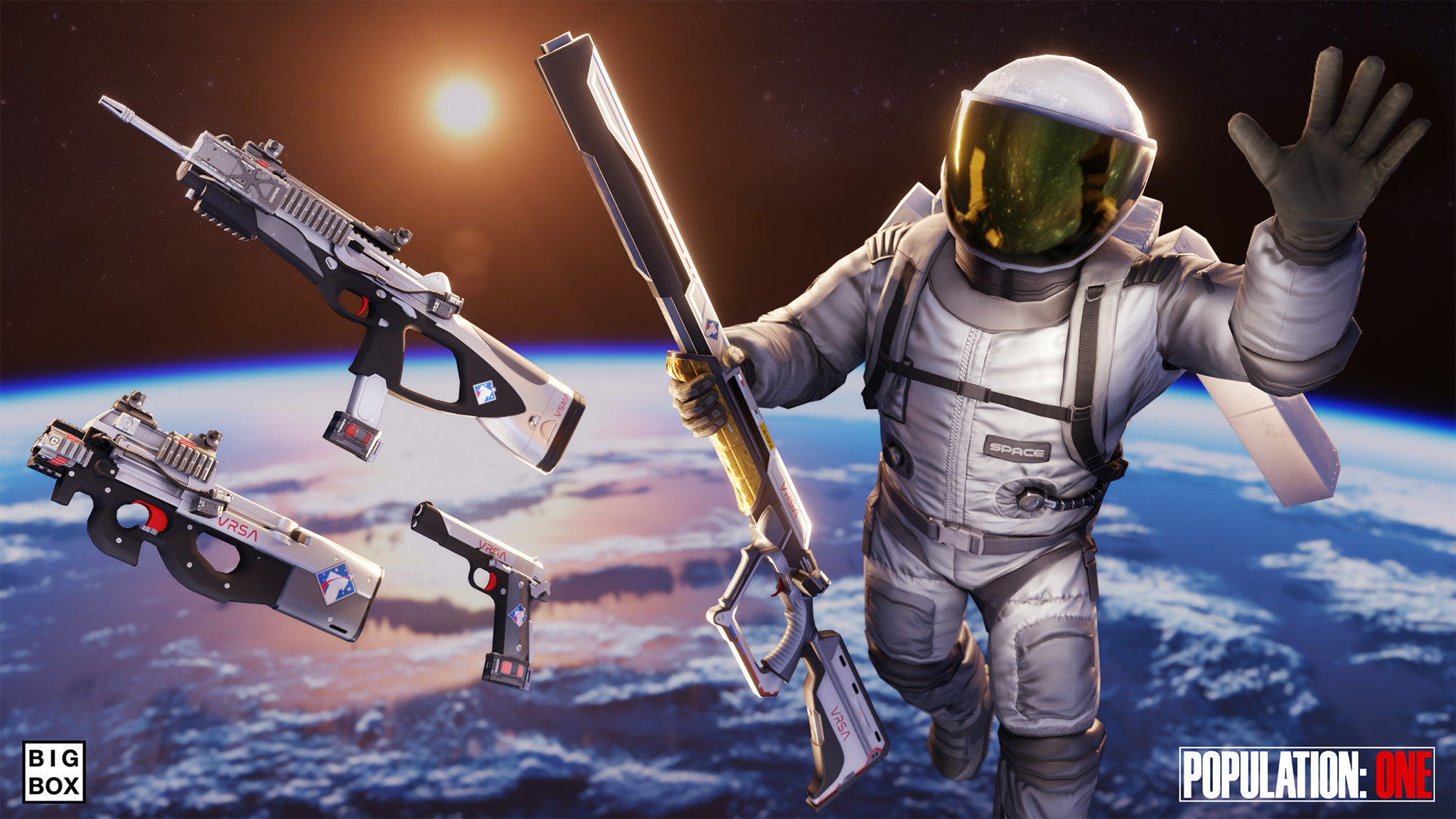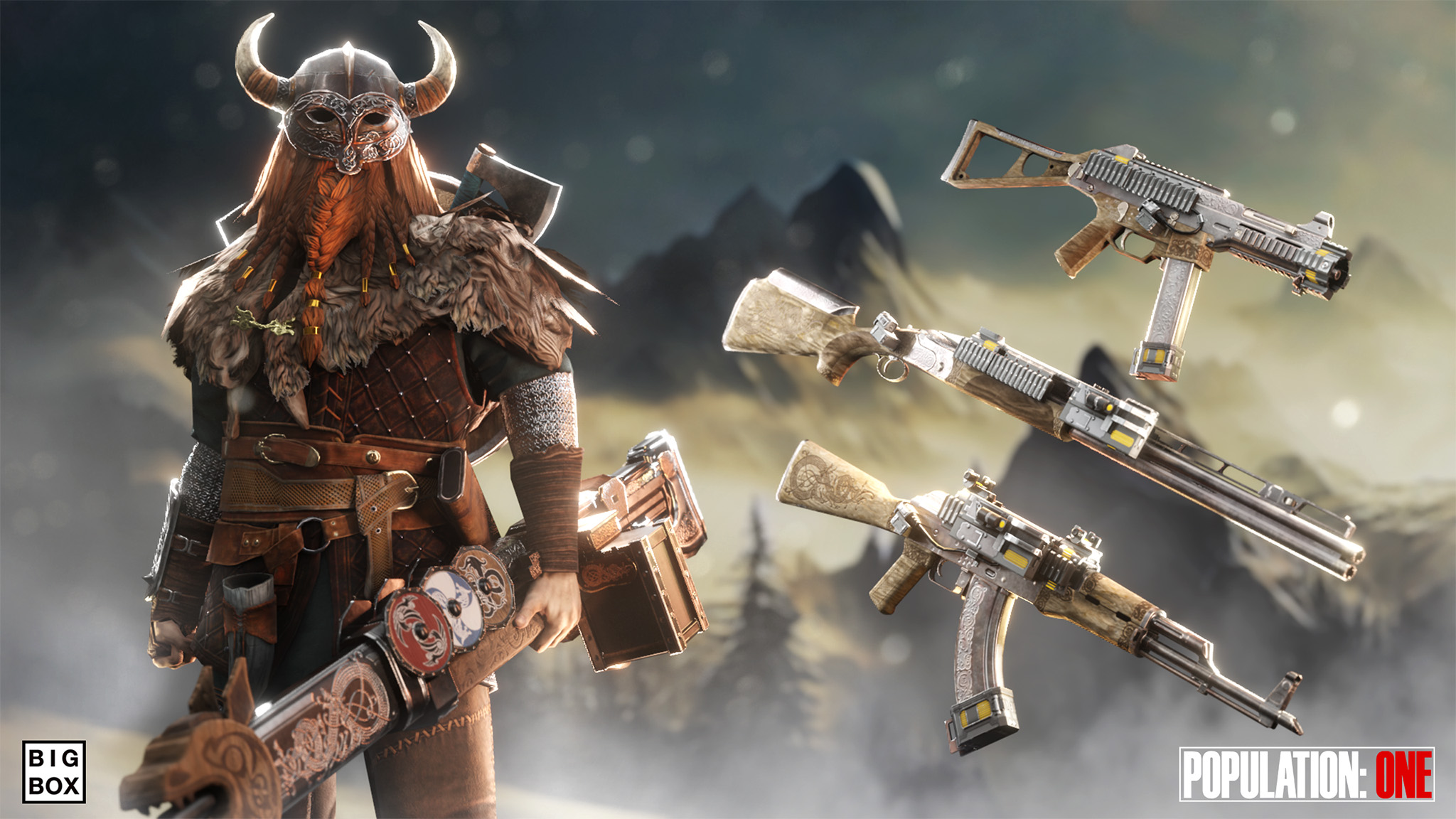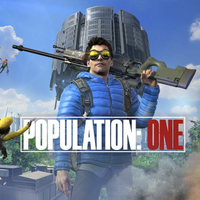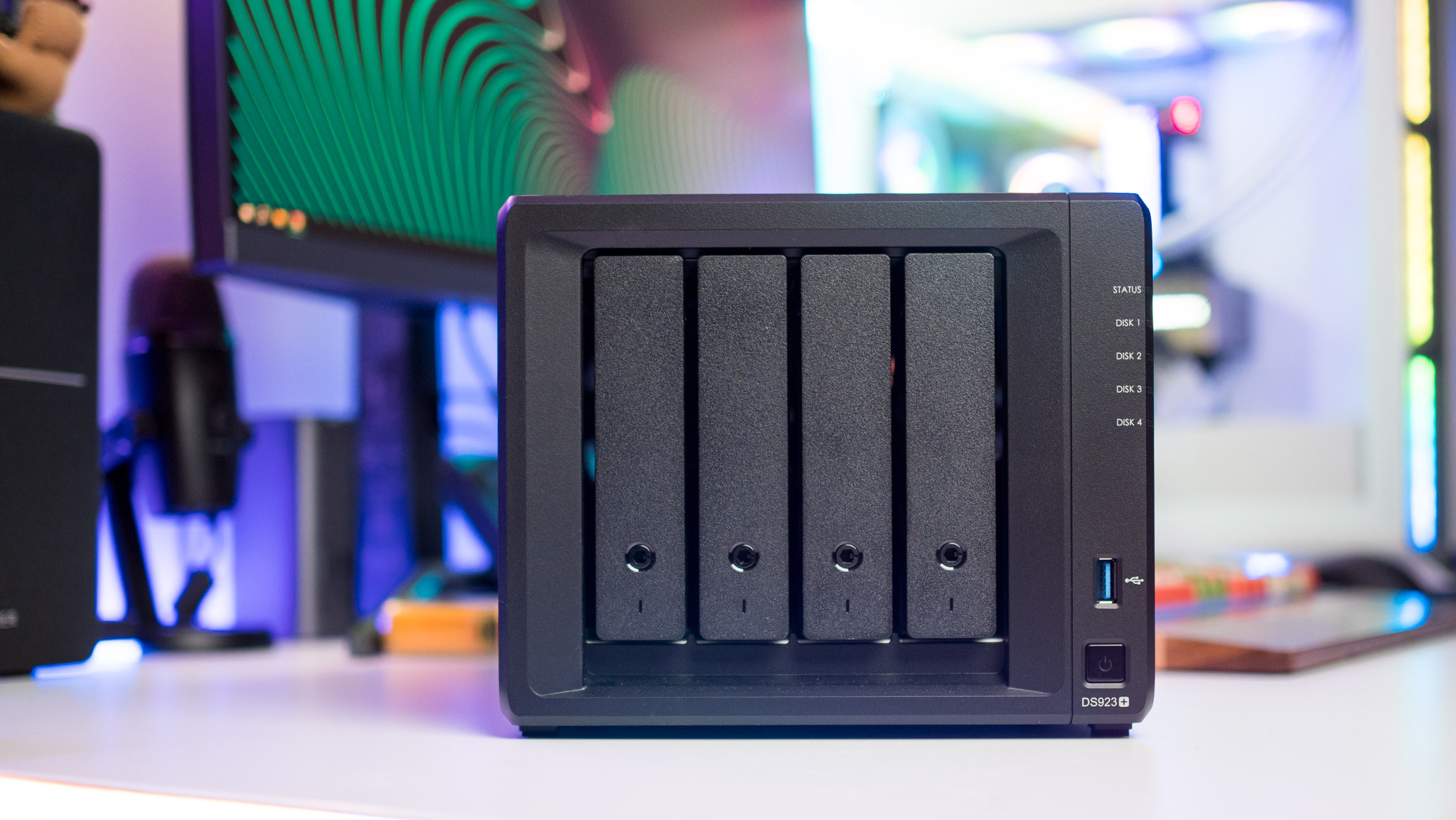Population One Sandbox update — 1,000 new maps (and reasons) to keep playing
No, that number is not a typo.

If your favorite game received over 1,000 new maps to play on, what would you do? Almost certainly jump for joy, I imagine, as new life was immediately breathed into it. That's about what it feels like for Population: One right now, as the new Sandbox update includes a full-level editor and a massive swath of both developer and community-made maps launching alongside it.
Last week, I got to sit down with Population: One's developers, BigBox VR, and explore everything the company is doing to evolve the game for many years to come. Being one of the best Quest 2 games is no small feat and the game's popularity has only risen in recent months, with retention rates continuing to climb throughout the Sandbox beta.
But this update is not being pushed out with reckless abandon for its battle royale player base. While Sandbox is strictly tailored to deathmatch and team deathmatch game types, BigBox VR is continuing to push out new player characters, Holiday content, and plans for plenty of battle royale expansion. But, for now, how does Sandbox help the game feel fresh and new again? In many, many ways, that's for sure.
Brand new tools
Foremost to the update's content is the new in-game creation tools. Instead of just adding the ability for experienced modders to create levels or skins in professional 3D modeling programs or scripting languages, the team at BigBox VR aimed to allow everyone to easily take their visions of a level and recreate them in the game world.
Players will begin by choosing a template to start from, which includes four as of this writing. Three empty plains — grass, snow, and moon — and one pre-populated grass area to get novice creators started.
Upon entering the newly created world, players are presented with a panel that includes several prefabricated buildings and structures, items like jump pads and invisible walls to aid in level traversal and boundary-making, and even basic shapes that can be used to craft unique sculptures or buildings.
All of the most basic shapes can be textured from a selection of dozens and dozens of textures from the game world, while most of the prefabricated objects have a few color choices to choose from. For instance, a wooden Viking structure might give you the option to choose from blue, green, black, or white trim but will always remain a wooden structure.
Be an expert in 5 minutes
Get the latest news from Android Central, your trusted companion in the world of Android
These tools are so intuitive that I picked up on them during my scheduled hands-on session before the Population: One team had a chance to properly explain them.
Objects can be edited after placement at any time, including texture and dimension alterations. Tools are present in the creation panel but can also be quickly accessed via controller hotkeys.
Holding the grip button on the left controller might change the tool to allow you to quickly resize an object while holding the trigger on the left button will change to the rotate tool. Meanwhile, the other controller's grip button lets you instantly duplicate any objects in the world.
Holding down the X button will let you highlight multiple objects at once and group them together while holding Y and tapping the right stick left or right will instantly undo or redo your last actions. Both of these combined make it really, really easy to quickly put complicated structures and other objects together while also making it easy to quickly fix any mistakes you made.
These tools are so intuitive that I picked up on them during my scheduled hands-on session before the Population: One team had a chance to properly explain them. You can even enable or disable snapping to keep objects easily aligned or properly proportioned while scaling.
You'll also be able to add a surprising amount of objects to any world, no doubt thanks to the recent change that no longer includes support for the original Oculus Quest.
In the video below, I briefly walk through a Mario-themed level I've spent about two hours creating. All of that geometry only accounts for 10% of the possible total detail budget for the map, meaning I can add ten times the amount of objects I've already got in the world.
There's just something special about building with friends — something I learned way back from my Lego sets as a kid.
Creating worlds in VR feels so incredible it's hard to describe. It's one thing to try to use the Unreal or Unity level editors on a flat-screen PC with a mouse. It's another to actually be in the world that you're creating in VR.
Unlike those editors — where you build them from a birds-eye view and then need to put a headset on or some extra step to actually play in them — Population: One's in-game Sandbox editor is all done in real-time while you're actually playing. Simply put, that makes it easier to better design something in a shorter amount of time without all the back-and-forth changes needed in traditional level creation software.
Levels can be saved at any time while creating them and are all private until published. Better yet, you can actually invite your friends into the level that you're building, opening up a social experience like we've not really seen before, especially in a game like Population: One. There's just something special about building with friends — something I learned way back from my Lego sets as a kid.
Further than that, you can also customize rules for maps once you launch a room. Want to create a map where players can't fly or climb? No problem, just make those changes in the map's properties. One of the most popular maps — one that takes place in the trenches of World War I — is one such map that discourages climbing or flying in an effort to make it more like playing something more akin to Call of Duty.
Playlist of hits

I'm not sure I can recall any game with an update that included so many new player and developer-created maps. Ever.
Population: One Sandbox has been in private beta for a few months now with many community members having access during the entirety of that duration. The result is a day-one count of over 1,000 new maps that players can jump into right now. I'm not sure I can recall any game with an update that included so many new player and developer-created maps. Ever.
Heading to the "Explore Games" tab on the game's main menu takes you to a new pane where you can one-click jump into either the best Sandbox maps or the newest Sandbox maps. You can even opt to try some of the more "experimental" maps that eschew traditional Population: One mechanics and, instead, opt for something entirely different. These playlists are updated all the time and hand-curated by developer BigBox VR to ensure quality.
You can also scroll down to view a list of all the most recently-published games, and a much smaller list of most-favorited games can also be viewed. As of writing, that last category included around a dozen or so maps while the former was an endless list.
Some maps are more catered toward folks who want to relive the glory days of their favorite first-person shooter while others explore popular shows or movies.
You can also view the full server list at any time in the Explore Games tab, giving you a more manual way to find and play whatever you want.
My one complaint is that there are no real categories of maps at launch. Given that there are so many maps at launch, I feel like this would have been important to help players better find maps more suited to their liking. Hopefully, this feature gets added in the near future. BigBox VR considers this game a live service, after all, and says it plans to continue to regularly update it for a long time to come.
Additionally, I think more tags could be added. Some maps are sure to make players sick like the Overdrive map, which is designed like a giant sphere made of pipes, each of which is filled with boost pads that automatically move players through the tubes in an endless loop.
Still, other maps are more catered toward folks who want to relive the glory days of their favorite first-person shooter — like the Goldeneye Complex map or Unreal Tournament's Facing Worlds map — while others explore classic gaming scenes or popular shows like Spongebob Squarepants.
Player groups actually stick together and can vote on the next map to play after a match ends.
After the end of each round, player groups will actually stick together instead of disbanding and having to join back up into a new match. You'll all vote on the next map to play, being given a choice between three options — either from the current playlist or a random selection of maps, depending on what you chose before playing.
That's a huge improvement over the old formula that saw players going back to the lobby after each match and should help to significantly reduce the friction that made it less pleasant to keep playing for long periods of time. You can also favorite maps while playing or voting, making it easier to find your favorite maps next time you play.


But what if you don't care much for deathmatch or team deathmatch? BigBox VR has added a brand new hangout mode that lets players fly around and chill, play an impromptu game of tag, or whatever other rulesets you feel like coming up with. Hangout is a passive mode, though, so no scripting or alternate in-game rules can be made. Everything is up to the players to keep it in line.
BigBox VR is also launching a brand-new series of characters and weapon skins to match the two new themes in the game: space and Viking. These will be available for purchase separately or in a bundle on December 14 when Sandbox launches.
I've put a lot of hours into Sandbox since getting access nearly three weeks ago now and can't wait to jump in with all my Population: One-playing friends when the update drops. Best yet, it's totally free just like all of the game's previous updates.


